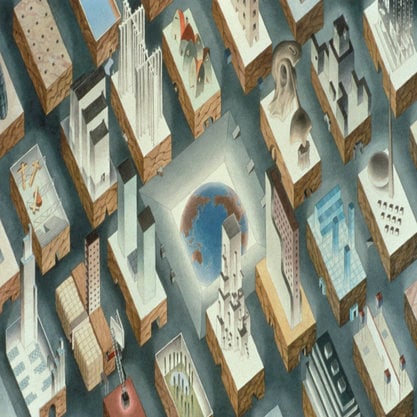Article
Aoki, Shigeru [青木繁] (1882–1911) By Rosenbaum, Roman
Article
Aoki Shigeru, a Japanese painter active during the Meiji period, is noted for his combination of Western-style (yōga) painting with indigenous Japanese subjects (Nihonga). He is best known for his work Umi no kou (海の幸, Fortune of the Sea, 1904) and has achieved legendary status due to his early death at the age of 28.
Aoki’s legacy includes his versatility in synthesizing a variety of Western art trends, including Art Nouveau, Realism, and Symbolism, and combining them with themes from traditional Japanese classical literary works such as the Kojiki (古事記, Record of Ancient Matters, c.711–712) and the Nihon Shoki (日本書紀, The Chronicles of Japan, c.720). In his professional career he had a reputation for leaving paintings incomplete.
After leaving home for Tokyo to pursue his career, Aoki completed his education in 1904 and relocated to rural Japan, where his son was born. After his wife returned home to look after her ill father, their relationship came to an end and Aoki never saw his family again. In October 1908 he abandoned his homestead and went on an extended painting trip, creating numerous works. His peripatetic lifestyle eventually led him to Kyushu in the last years of his life. In 1911, he died of tuberculosis at a hospital in Fukuoka.



![Zangirimono [Cropped-hair Plays]](/propagator/data/img-dc/original/image/drama-hero/Salzburger_Festspiele_2012_-_Carmen_converted.jpg)